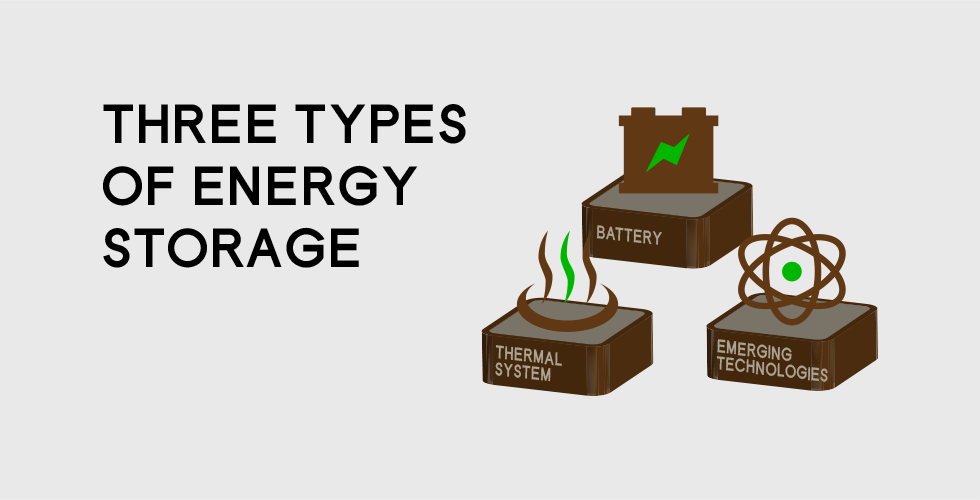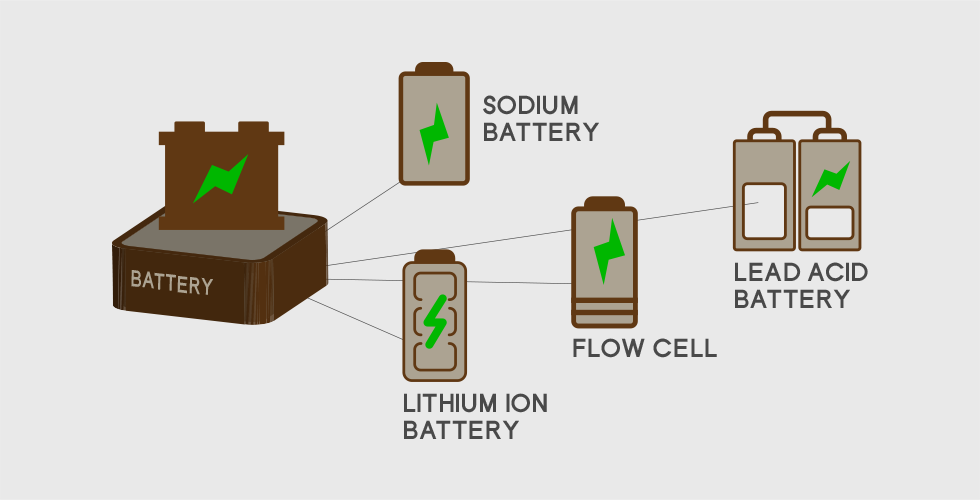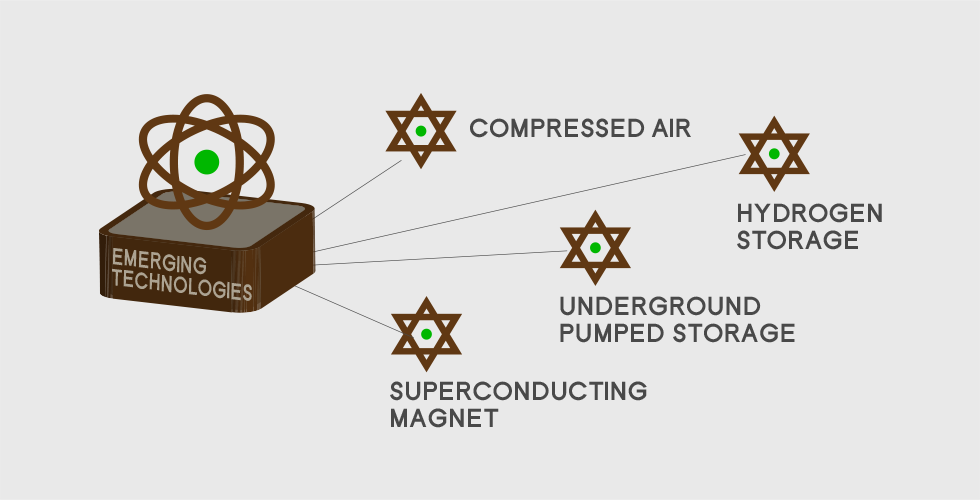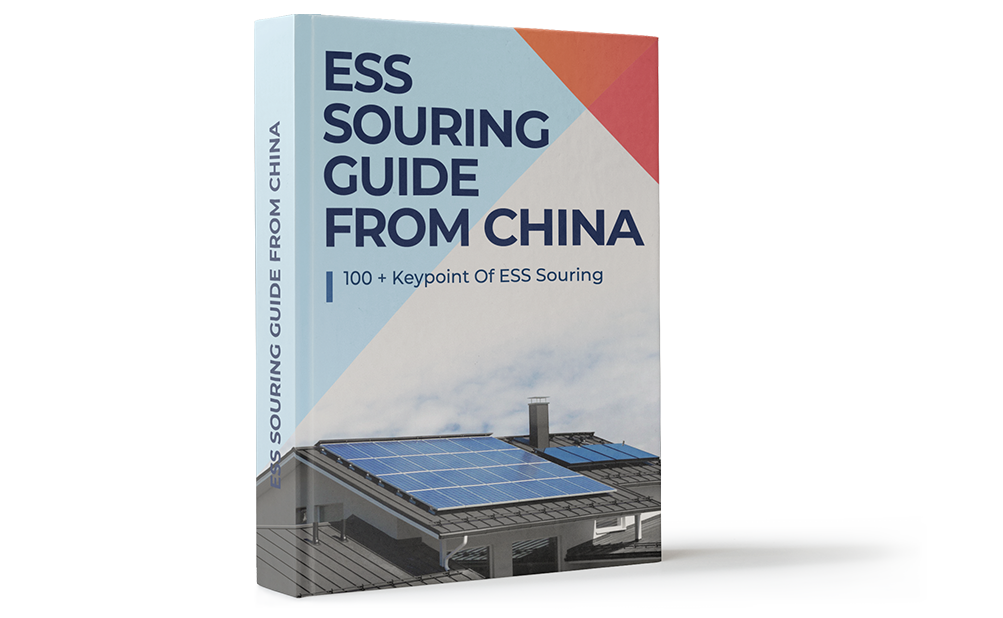Which energy is most commonly used in transportation? Oil is...
Read MoreWhat are the three types of energy storage?
Battery. There are many types of batteries, including lithium ion batteries, liquid flow batteries, lead-acid batteries, sodium batteries and other batteries designed to meet specific power and duration requirements.

● Battery
Different types of batteries are liquid flow batteries, in which energy is stored and provided by two chemicals dissolved in liquid and stored in tanks. These are ideal for long term storage.

● Thermal systems use heating and cooling methods to store and release energy
For example, molten salt stores the heat generated by solar energy for use when there is no sunlight. Ice storage in buildings reduces the need to run compressors while still providing air conditioning for hours. Other systems use chilled water and dispatcheable hot water heaters. In all cases, the excess energy will charge the storage system (heating molten salt, freezing water, etc.) and then release it as needed.
● Emerging technologies
Compressed air, superconducting magnets, underground pumped storage and hydrogen storage are all new forms of energy storage at different stages of development. Like NYSERDA, many storage providers are technology agnostic – they can use their software to schedule different storage technologies and will purchase storage technologies from the manufacturing partners that best suit site requirements.

Sourcing Guide Download

Make a Enquiry Today!
FAQ
What can you do to make your transportation energy use more efficient?
What are the three types of energy storage? Regular maintenance...
Read MoreWhat are the three types of energy storage?
What are the three types of energy storage? Battery. There...
Read MoreWhich mode of transportation needs the most care in packaging?
Which mode of transportation needs the most care in packaging?...
Read MoreHow is power generation stored and transported?
How is power generation stored and transported? Electricity itself cannot...
Read MoreHow to improve energy storage?
How to improve energy storage? Innovative materials can improve the...
Read MoreWhich energy storage efficiency is the highest?
Which energy storage efficiency is the highest? Energy storage in...
Read MoreHow do storage batteries work?
How do storage batteries work? Battery storage systems can be...
Read More